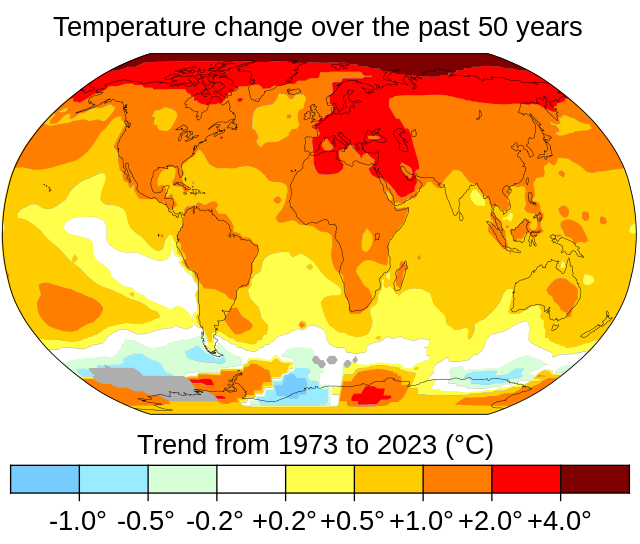Teachers and students can agree on their love of one thing: snow days. Nothing beats the excitement of watching the weather reports for the week in anticipation of snow, and then getting the call or text notification that there is a day off from school. However, with the COVID-19 pandemic, districts began implementing Flexible Instruction Days (FID Days), which utilize virtual assignments and learning. As opposed to traditional snow days, FID Days count as “actual” school days and count for the year. This is not the only change to snow days in recent years, as with increased temperatures, “snow days” have become “rain days.”
While numerous instances of snow shut down schools this past year, students experienced many “rain days,” where they had off for excess/rain and flooding. However, with that, there were numerous intense snow storms. With rising temperatures, it is logical there will be fewer snow days, as the temperatures are higher and more suited for rain. However, some climate scientists argue that the increased temperatures can also cause more severe snowstorms. The reasoning behind intense snow storms is as follows, “Warmer air produces more moisture, so if the air is warmer – but still cold enough to snow – more snow is available to fall in extreme events” (USA Today). This allows for more intense storms, especially in coastal regions.
While this may cause more intense snow storms, these storms are less and less frequent and replaced with rain if the temperature is too high. The warming temperature leads to extremes, with dry areas becoming drier and rainy areas becoming even rainier (Environmental Defense Fund). Ultimately, this translates over to snow storms, as they become even more intense and destructive because of the increased precipitation, yet occur less frequently because the temperature stays so high and rarely drops.
This science explains the reasons for our frequent “rain days” as precipitation is becoming more intense, yet it also explains our extreme (but less frequent) traditional snow days. As temperatures rise, it only makes sense that there will be more days off for weather, but it raises the question: will it be more frequent for intense rain or longer periods for intense snow?







